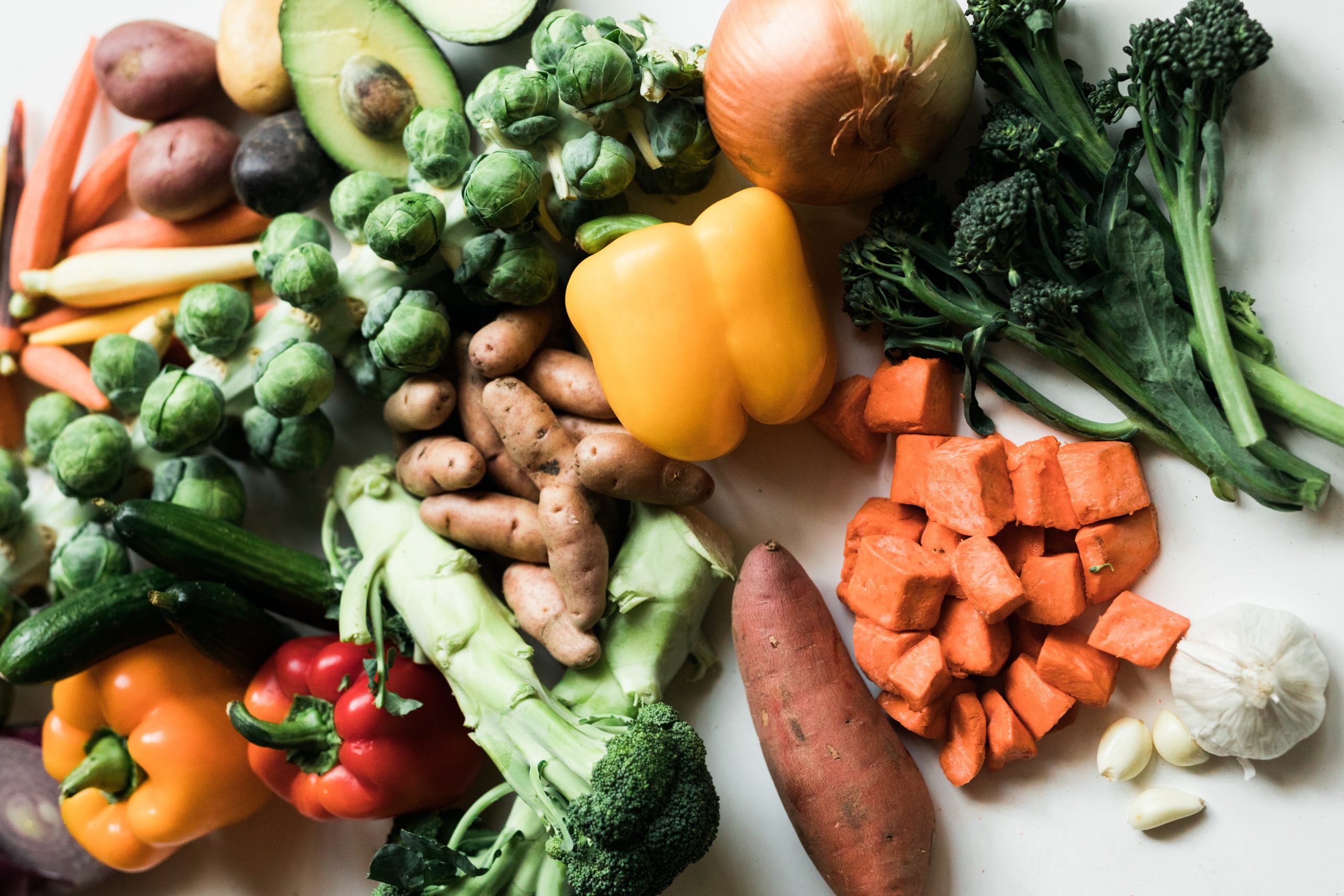
The relentless focus on macronutrient ratios and caloric counting often overshadows a more nuanced, yet profoundly influential, aspect of nutrition: the physiological rate at which consumed carbohydrates impact our blood sugar levels. This concept is encapsulated in the Glycemic Index (GI), a measurable value assigned to carbohydrate-containing foods based on their immediate effect on postprandial glucose concentration compared to a standard (usually pure glucose or white bread). A low-glycemic eating approach is fundamentally an attempt to stabilize the body’s metabolic response by favoring foods that release glucose slowly and steadily into the bloodstream, avoiding the sharp, disruptive spikes and subsequent crashes characteristic of high-GI foods. Adopting this dietary framework is not merely a weight-loss strategy; it is a critical method for managing insulin resistance, improving satiety, and reducing the chronic inflammatory load associated with rapid glucose surges. Understanding how different carbohydrate structures are processed—and how that process directly influences hormonal balance—is the foundational knowledge required to transition towards a truly metabolic-friendly way of eating.
The Physiological Rate at Which Consumed Carbohydrates Impact Our Blood Sugar Levels
A low-glycemic eating approach is fundamentally an attempt to stabilize the body’s metabolic response by favoring foods that release glucose slowly and steadily into the bloodstream.
At its core, the Glycemic Index provides a classification system for carbohydrates, moving beyond the simple “good” versus “bad” dichotomy. Carbohydrates are ranked on a scale of 0 to 100: High GI foods (70+) are those that are rapidly digested and absorbed, causing a quick and high rise in blood glucose and a subsequent large insulin release. Low GI foods (55 or less) are digested and absorbed slowly, resulting in a gentle, gradual rise in both glucose and insulin levels. The key differentiator is the structural complexity of the carbohydrate and the presence of inhibitory factors like fiber and fat. For instance, highly processed foods stripped of their fiber, such as white bread or refined sugars, are metabolized almost instantly, triggering an exaggerated response. Conversely, carbohydrates consumed in their whole, intact form—such as legumes or whole grains like steel-cut oats—take significant time and enzymatic effort to break down, guaranteeing a smoother metabolic curve that aligns better with sustained energy needs.
Managing Insulin Resistance and Improving Satiety
Adopting this dietary framework is not merely a weight-loss strategy; it is a critical method for managing insulin resistance, improving satiety, and reducing the chronic inflammatory load.
The most significant metabolic benefit of a low-GI diet lies in its profound impact on insulin dynamics. When the body is repeatedly subjected to high-GI meals, the pancreas is forced to produce massive, repeated surges of insulin to clear the rapidly entering glucose from the blood. Over time, peripheral tissues, especially muscle and fat cells, become less responsive to insulin’s signal—a condition known as insulin resistance. This is a central feature of Type 2 Diabetes and metabolic syndrome. By consistently choosing low-GI foods, the insulin demand is minimized, giving the body’s sensitivity a chance to recover and stabilize. Furthermore, the slow, consistent delivery of energy enhances satiety (the feeling of fullness). Low-GI meals sustain blood glucose levels longer, preventing the dramatic drop that often follows a high-GI spike and triggers immediate, often impulsive, hunger and subsequent overeating.
The Role of Fiber and Acidity in Modulating GI
The structural complexity of the carbohydrate and the presence of inhibitory factors like fiber and fat are key differentiators.
The GI value of any given food is not solely determined by its sugar content; it is profoundly influenced by the matrix of the food itself. Dietary fiber, whether soluble or insoluble, plays a crucial, mechanical role in lowering the GI. Soluble fiber, found in oats and legumes, forms a viscous gel in the digestive tract that physically slows down the rate at which enzymes can access and break down starch molecules. This literally acts as a speed bump for glucose absorption. Additionally, factors like the acidity of a meal can be a powerful moderator. Acidic components, such as vinegar or lemon juice, can delay gastric emptying, meaning the food takes longer to move from the stomach to the small intestine. This delayed transit time inherently results in a slower release of glucose, effectively lowering the overall GI of the meal, even if it contains moderate-GI components.
Decoding Glycemic Load: Quantity and Quality Combined
A more powerful and comprehensive metric known as the Glycemic Load (GL) provides a more accurate picture of a food’s total glucose-raising effect.
While the GI tells us how fast a carbohydrate turns into glucose, it fails to account for the serving size typically consumed. To provide a more powerful and comprehensive metric, known as the Glycemic Load (GL) provides a more accurate picture of a food’s total glucose-raising effect. GL is calculated by multiplying the food’s GI by the amount of digestible carbohydrates it contains in a standard serving, then dividing by 100. For example, a food like watermelon has a high GI (~80), but because it is largely water and has relatively few carbohydrates per serving, its GL is quite low. Therefore, GL serves as a superior, real-world metric, as it combines both the quality (GI) and the quantity (carb content) of the carbohydrate, offering a more precise tool for daily meal planning and portion control.
Culinary Factors: Cooking, Processing, and Texture
The manner in which a food is prepared and cooked can significantly alter its Glycemic Index.
The GI is not an immutable property of a food; it is highly dynamic and can be substantially influenced by culinary factors—specifically, how the food is processed and cooked. The manner in which a food is prepared and cooked can significantly alter its Glycemic Index. For starches like potatoes or rice, longer cooking times increase the gelatinization of starch, making the carbohydrate molecules easier for digestive enzymes to access, thus raising the GI. For instance, instant rice has a much higher GI than brown rice cooked al dente. Furthermore, mashing or pureeing foods (like potatoes or carrots) breaks down their cellular structure, effectively pre-digesting them and resulting in a much faster glucose spike. Even the storage temperature matters: cooling cooked starches (like rice or pasta) creates resistant starch, which acts like fiber and resists digestion, thus lowering the food’s subsequent GI upon reheating.
Integrating Low-GI Choices into Everyday Meals
Transitioning to a low-glycemic eating pattern requires deliberate substitution rather than outright elimination.
Transitioning to a low-glycemic eating pattern requires deliberate substitution rather than outright elimination of carbohydrates. The goal is to swap high-GI staples for their lower-GI counterparts across all meals. For breakfast, replacing instant oats or sugary cereals with steel-cut oats or a high-protein scramble that incorporates vegetables and healthy fats ensures a slow-release start to the day. For lunch and dinner starches, white potatoes or refined white rice should be replaced with sweet potatoes (with skin), quinoa, brown rice, or a generous portion of legumes (beans and lentils), which are GI powerhouses due to their high fiber and protein content. The integration of healthy fats and proteins with every carbohydrate serving is essential, as these macronutrients inherently slow gastric emptying and temper the overall glucose response of the meal.
Beyond Diabetes: Impact on Hormonal Balance and Acne
The benefits of stabilizing blood glucose extend far beyond diabetes prevention, reaching into areas of hormonal balance and skin health.
While the low-GI diet is primarily associated with the management of metabolic disorders, the benefits of stabilizing blood glucose extend far beyond diabetes prevention, reaching into areas of hormonal balance and skin health. Chronic high insulin levels are known to stimulate the production of androgens (male hormones) in women, which can exacerbate conditions like Polycystic Ovary Syndrome (PCOS) and contribute to acne vulgaris. By reducing the frequency and magnitude of insulin spikes, a low-GI diet helps to normalize the hormonal milieu, potentially leading to fewer breakouts and improved symptoms of PCOS. This demonstrates that dietary control of blood sugar is a systemic therapy, with cascading positive effects on various endocrine pathways throughout the body.
Addressing Hidden Sugars and Processed Foods
The greatest pitfalls in adhering to a low-GI diet often involve navigating the world of highly processed, shelf-stable foods.
The greatest pitfalls in adhering to a low-GI diet often involve navigating the world of highly processed, shelf-stable foods that use various refined starches and added sugars, sometimes disguised under innocuous names. Many seemingly healthy low-fat snacks, crackers, and even some granolas contain refined flours (which have a high GI) and added syrups that rapidly convert to glucose. A diligent low-GI approach demands a departure from reliance on packaged, manufactured foods. Instead, the focus should shift to consuming foods in their most whole, unprocessed state—fresh vegetables, intact fruits (e.g., berries and apples are preferred over melon), legumes, and whole grains with minimal refinement. The key rule here is that processing generally raises the GI, so minimizing pre-prepared items is crucial for maintaining metabolic stability.
Setting Realistic Expectations and Flexibility
The concept of perfect GI adherence is impractical and unnecessary; true success lies in shifting the overall pattern of consumption towards lower-GI choices most of the time.
While the GI system is a powerful tool, it should be applied with a sense of pragmatism and flexibility. The concept of perfect GI adherence is impractical and unnecessary; true success lies in shifting the overall pattern of consumption towards lower-GI choices most of the time. Occasional consumption of a moderate or even high-GI food will not derail long-term metabolic health, especially when paired with low-GI foods, fiber, and fat in a mixed meal. Over-focusing on the precise GI number of every single ingredient can lead to nutritional rigidity and a fear of certain foods. A better strategy involves using the GI as a guiding philosophy: prioritizing whole, high-fiber carbohydrates, ensuring every meal contains protein and fat, and understanding that the total dietary context is what matters most for stabilizing blood sugar and promoting sustainable health.
Beyond the Plate: Incorporating Physical Activity
Physical activity, especially resistance and aerobic training, significantly enhances the ability of muscle cells to absorb and utilize glucose, regardless of the food’s GI.
Dietary choices are just one half of the metabolic equation; physical activity is the other indispensable component. Physical activity, especially resistance and aerobic training, significantly enhances the ability of muscle cells to absorb and utilize glucose, regardless of the food’s GI. Muscle contraction increases the efficiency of glucose transporters (like GLUT4), allowing cells to take in glucose from the bloodstream even with lower levels of insulin. Therefore, a low-GI diet becomes exponentially more effective when combined with a consistent exercise regimen. The physical act of moving and maintaining metabolically active muscle tissue provides a powerful, non-dietary mechanism to manage blood sugar, turning the body into a highly efficient engine for carbohydrate processing and utilization.
